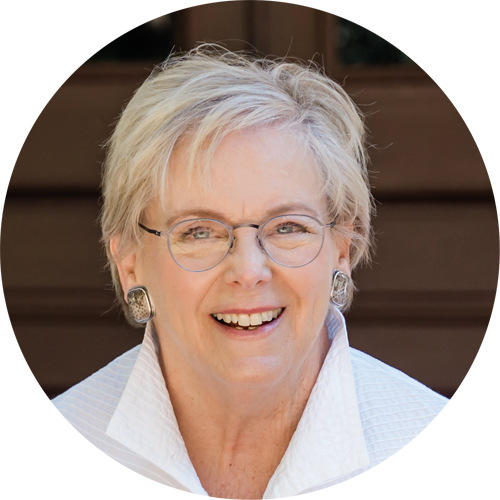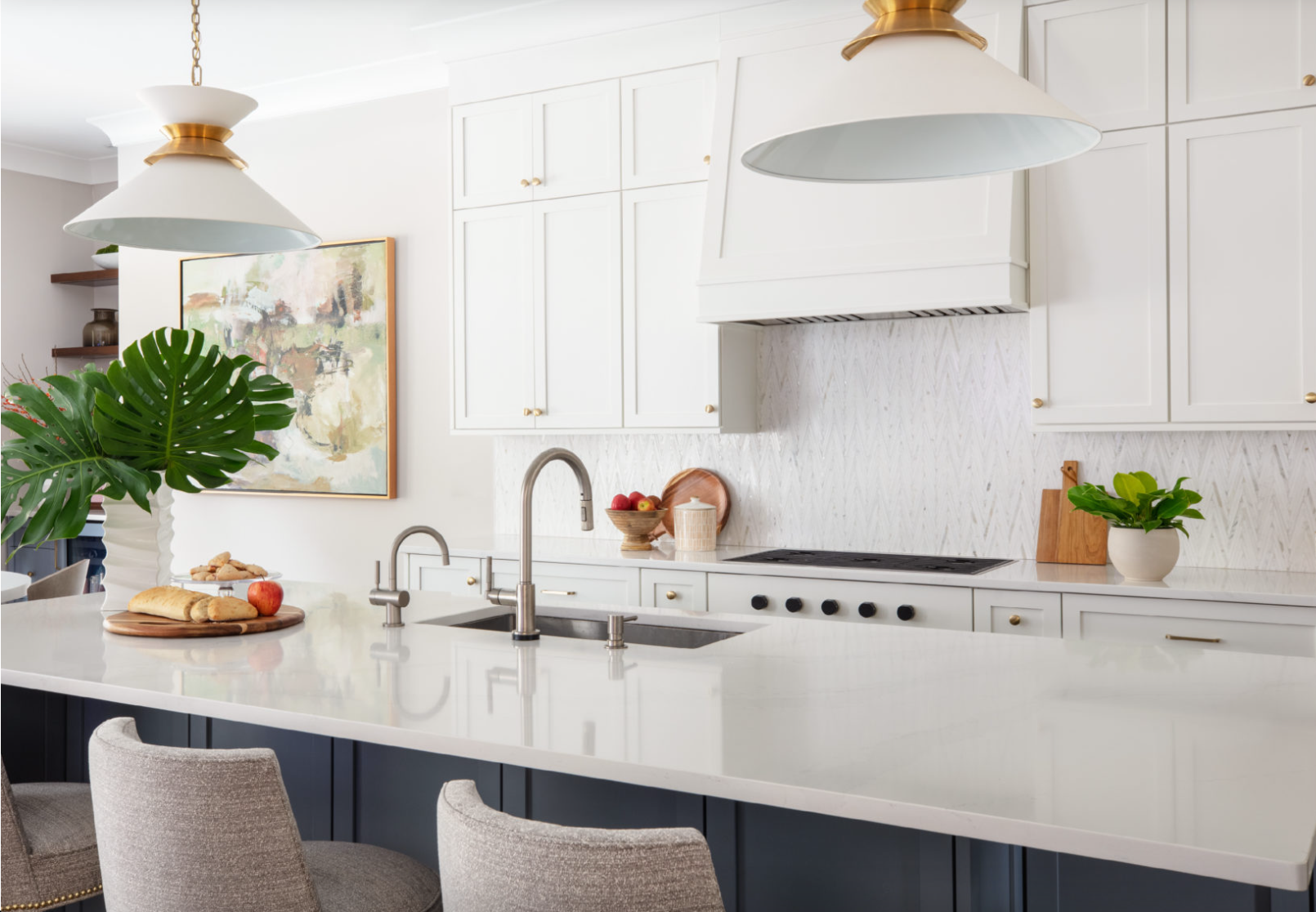For those in the industry, the value a designer brings to a project is never in question—but charging for it is a whole other story. Are your rates too low? And how often should you be upping them? We asked four industry pros—Judy Pickett, Mimi Meacham, Nina Grauer and Billie Tharaldson—how often they reassess their design fees.

Double Down
“Probably not often enough! The past couple of years, we have done a lot of renovations, which we charge for by the hour, so we haven’t needed to reassess our square-footage fee for new constructions for upward of 10 years—it’s overdue. For our firm, reconsidering fees is less tied to external factors like inflation or the rising cost of goods. We want to instead make sure we are being paid fairly for what we are delivering. Many clients tell me that if they had known at the start what they know now in terms of what we bring to the table, they would have paid us double!” —Judy Pickett, Design Lines Signature, Raleigh, North Carolina

Fine Line
“I reassess our fees probably twice a year just to see if we are charging what I think our expertise is worth. There is a sweet spot between over- and undercharging based on experience, talent, exposure and service that we aim to hit.” —Mimi Meacham, Marian Louise Designs, Houston

The More the Merrier
“We reassess our fees quite frequently, actually. Being able to tailor our services for each client as needed is very important to us. A full-scope project should not cost the same as someone just looking to freshen up their home—even if they are the same size. Ultimately, it is about creating a bespoke project for each client, and as such, the fees and budgets are also adjusted to best meet the need and ensure we are getting fair compensation for the value we deliver.” —Nina Grauer, Dekay & Tate, Palm Beach, Florida

In Plain Sight
“In the past, we hadn’t reassessed our fees often enough. It became an obvious move when we were getting hit daily by our manufacturers’ surcharges and products were not arriving in a timely manner, thus greatly affecting our cash flow. We now line-item our invoices and charge for freight (which used to be factored into the selling price). We also redefined what a billable hour is without raising our rates.” —Billie Tharaldson, Julian Design, Long Lake, Minnesota
Homepage image: A West Cary, North Carolina, kitchen designed by Judy Pickett | Smith Hardy





























